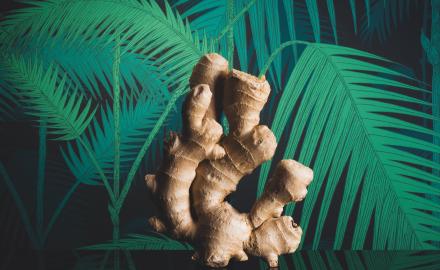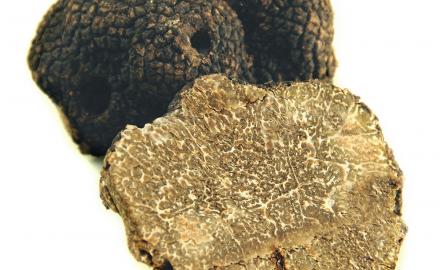Rice, a wholefood par excellence
Origins
Rice cultivation dates back to the height of Antiquity, from the huge plains of China to the marshes of India to the Persian Empire and Europe. Today it is a key part of the diet of many of the world’s populations, particularly in South America, Africa and Asia.
There are over 2,000 rice varieties, some of which are coloured:
- Red rice. This rice with a highly subtle fl avour grows on the high plateaux of Africa, the foothills of the Himalayas and in Madagascar.
- Purple rice. This wholegrain rice is grown on the Isan plateau (Thailand). It is aromatic and is cooked on feast days.
- Black rice. Wholegrain rice grown in China and more recently in Italy. It has an unusual aroma reminiscent of sandalwood and bread fresh from the oven.
When it is harvested, rice undergoes three levels of transformation:
- Raw state: non-husked paddy rice.
- Husks removed: brown, cargo or wholegrain rice. Bran and germ are present.
- Bran and germ removed: white rice. 1kg of paddy yields 750 g brown rice and 600 g white rice.
White rice (the most common) is also broken down into several categories:
- Long grain. Light and non-sticky, the grains can be separated from each other easily. This category includes basmati and Thai rice in their aromatic varieties.
- Medium-long grain. Rounder than long grain rice, it comes from the Camargue and Madagascar.
- Short grain. Almost as wide as it is long. It includes rice from the Iberian peninsula and China, and the round, non-sticky American and sticky Japanese round rice.
- Glutinous. Rich in starch and dextrins, chalky-white in colour, it comes together like a paste. Not to be confused with botan rice, or viscous rice, used to make sushi.
Usage
Around 90% of the world’s production of rice is supplied by Asia, which explains why it forms the basis of its cuisine.
In China and Korea, it is transformed into a thick broth by cooking it in 6 or 7 times its volume of water, and is served with various condiments: umeboshi plums, seaweed powder, chopped shallots and parsley. In Japan, as well as using it in sushi, it is used to make amasake (rice milk), a thick fermented drink, genmaicha, a hot drink made from green tea and dry grilled rice, and saké (rice alcohol).
Japanese chef Fumiko Kono has even decided to make ice-cream with it. “When rice has been blended just a little, it takes on a fantastic texture – it’s foamy and fondant, as creamy as you like.” The Vietnamese and Thais make rice paper, a thin wafer used to make spring rolls, not to mention rice noodles, which they fry in oil to make them crunchy, or fry with vegetables and meat.
In the rest of the world, rice is used in an endless variety of hot and cold recipes, whether savoury or sweet, fried or simmered: in France, it goes perfectly with meat in sauce (veal, rabbit).
In Réunion, it is inseparable from cari. Plov (rice-based dish with vegetables, meat and spices), a speciality in Uzbekistan, and ceebu jën, a traditional Senegalese recipe made from riceand fish, are also worth a mention.
Lastly, for purists, there’s rice… and then there’s rice. In Italy, Chef Massimo Bottura at Osteria Francescana (Modena), will only make his grey and black risotto (served with oysters and caviar) using Acquerello rice with a soft and fine texture. In Spain, chefs make paella with Calasparra, a small-grain variety which is protected by the Controlled Origin Denomination, while in Louisiana, the jambalaya, a rich, spicy dish, is made using wild pecan rice, an aromatic, long-grain variety.


